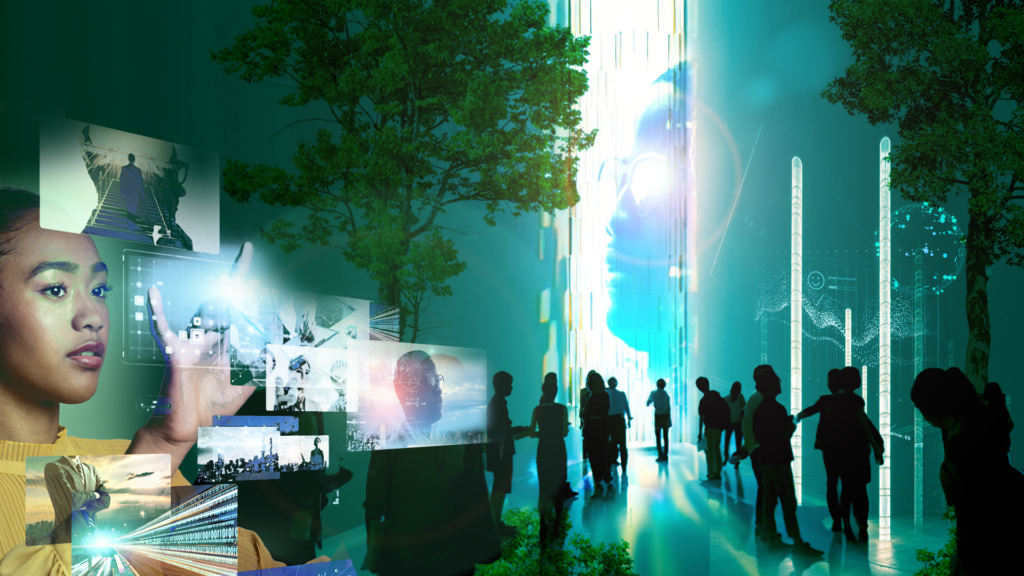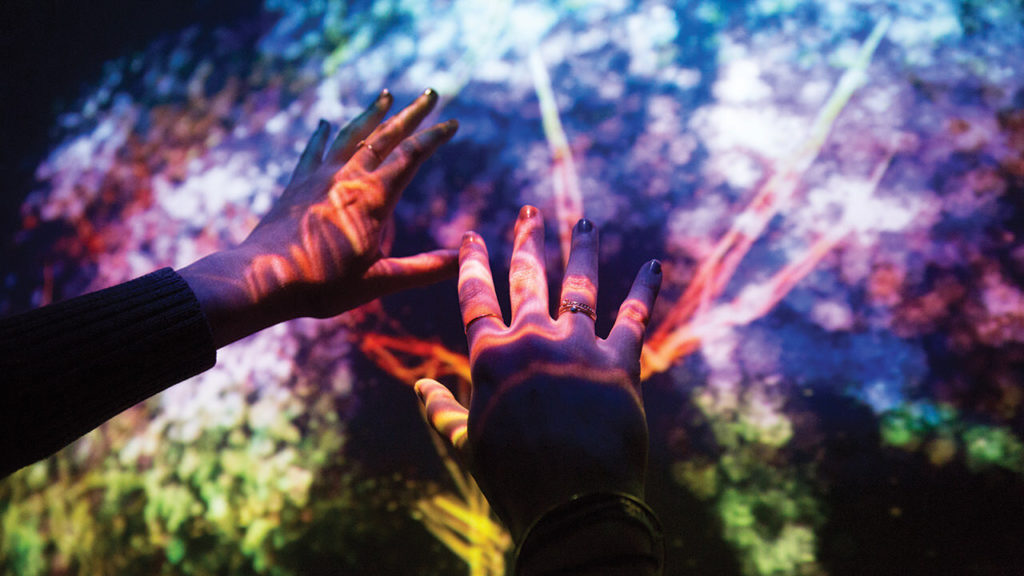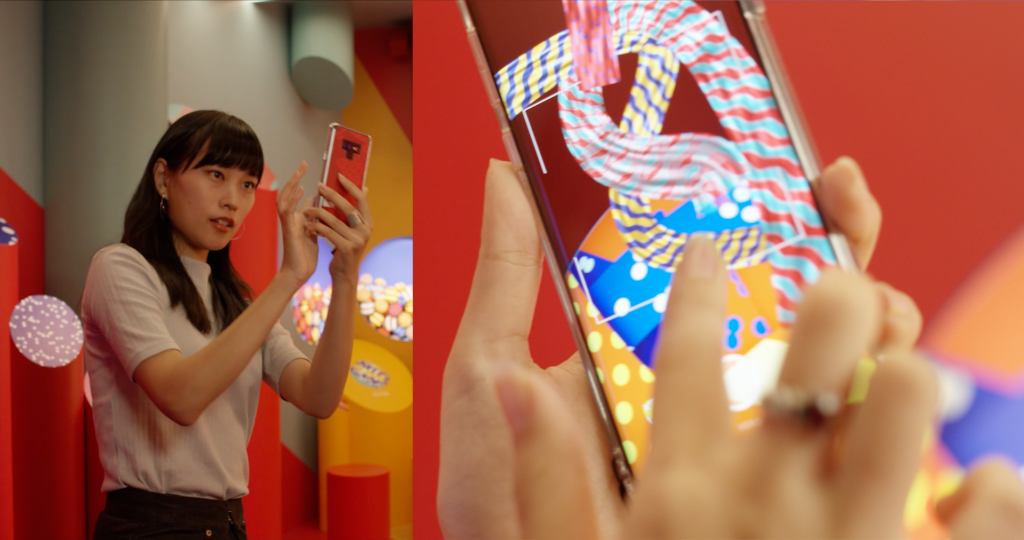Experiential Brand Refresh: Breathing New Life into Your Company’s HQ and Culture
Posted June 10, 2022
Back in the 1980s, my colleague Edwin Schlossberg was chatting with Andy Warhol when the artist dropped a nugget of truth. “Someday,” Warhol said, “you are going to go to a meeting and you are going to be the only one there.” When Schlossberg told me this story back in spring of 2020, I was struck by its eerie prescience. Though Warhol said it years ago, it captured everything we have been feeling for the past two years and spoke to this unknown future’s philosophical ramifications.
Just the other day, I sat in on a Zoom call where half the people were working from home, and the other half were in a boardroom. The people in the boardroom were little heads in what felt like a void, and the people at home had their spaces hyper-personalized for an intimate conversation. I immediately thought of this quote, and how it applies on so many levels to today’s hybrid world.
It begs the question: what is the real reason for employees to go to an office? After working from home for over two years, people need more reasons to commute for an hour. They crave a memorable experience they can carry in their hearts, that reminds them why they work for an organization in the first place. At the same time, corporations need talent back in the office at least some of the time, lest they risk a decline in connection to company culture, mentorship and innovation.
Whether or not companies realize it, most are in desperate need of an experiential brand refresh, both to draw people back to the office and to support a company culture that meets today’s business demands. This requires creative thinking and a new approach to experiential based office design. Here are three opportunities to transform the office into a more engaging, experiential environment.
Introductory brand moments
The lobby is the first place employees will see upon their return to the office, which means it’s the best chance for employers to show how they have evolved over the past two years. It’s the place for that “wow” moment, which sets the tone for how the workplace has changed to embrace diversity, connection and collaboration. In the past, this experience might have been a logo or a company story. Today, companies are expanding beyond their four walls to consider their bigger impact on employees and the community.

Imagine that as you enter the lobby, you walk through a series of interactive arches. Within each arch, you can quickly gesture to choose from an array of images that inspire you. These could be images of faraway destinations, a treasured family photo, an afternoon run, an innovative company patent, or even a single color. As people move through the arcade, they emerge onto a floor-to-ceiling digital installation that artistically combines the chosen images into a vibrant tapestry that creates a visual and figurative “pulse” of the workplace in real time. High-impact moments like these can help employees and visitors alike feel more connected to a company and its purpose. Furthermore, they can help give valuable metrics to executives on what really matters to their staff.
Restorative moments
Working with NBBJ Fellow Dr. John Medina, we have been exploring the links between the cognitive neurosciences and the built environment for years. Using peer-reviewed brain research, we know that respite relaxes our otherwise cluttered minds and prevents burnout. Therefore, transitional moments such as walking to the break room or elevator can be an opportunity for rest, reflection or mindfulness.

For example, what if as you walk down the hall, the lights dim and gradients of green and earthy textures swirl, seemingly flowing from the walls to enlighten your every step? Mimicking your every movement, gentle musical sounds accompany you, lifting your mood.
Social moments
Encouraging connective moments requires thinking beyond interactive whiteboards to experiences that capitalize on the shared nature of office space. Now, collaboration requires understanding the feelings of your colleagues. In today’s workplace, ideals like empathy and diversity are equally, if not more important, for collaboration and innovation than a hybrid Zoom.

Designing opportunities for new kinds of collaboration can support those principles. Imagine a series of artistic micro-experiences throughout the workplace that are a hybrid of both physical and virtual spaces. Through a series of weekly interactive team “puzzles,” users solve and unlock the other micro-experiences across the campus. While doing this, they intrinsically learn how to better innovate, collaborate and empathize with their peers. Moments like these allow people to pause and remember that they are no longer at home, but rather in a dynamic social environment where the possibilities are endless.
Designing these types of interactive experiences requires looking beyond the office of the past, where days were defined by conference room meetings and chance encounters with officemates. We have an opportunity to reimagine the office as a respite from the siloed productivity of work-from-home.The office can and should become a place for true collaboration, cutting-edge innovation, and real emotional connection. With experiences at the helm, the future workplace can help employees feel like they are part of something bigger than themselves—where they can build a sense of empathy, innovate, and push their work in directions otherwise not possible.


Join The Conversation